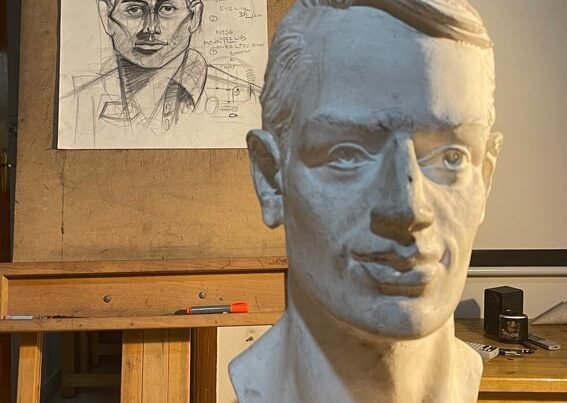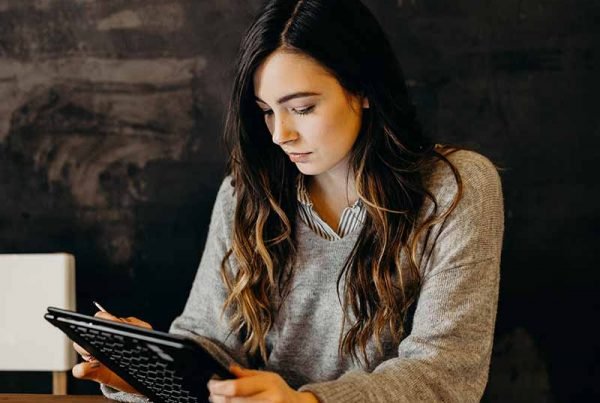The term gesture sketching can be defined as laying in on the observed action, form or pose of the subject often performing normal activities without pausing for the artist, like people on the streets, athletes or animals in the zoo. Gesture sketching is the skill to be cultivated on its own, the artist performs gesture sketching not only as of the warm-up session but the main idea is to understand and facilitate the study of the human figure in motion.
It helps the artist to understand the natural range of motion in the joints, the effects of twisting in the body and the exertions of muscles better. Simply put it is spontaneous and arduous sketching performed by the hands what the brain has registered, gesture drawing covers a duration of 5 seconds or even 5 minutes depending on the complex nature of the gesture.
The artists believe that the fast and rapid gesture sketching not only loosen up avoiding a stiff drawing style but also helps in understanding the human proportions which help the artist in his extended works.
Gesture Sketching is often associated with figure drawing but is not a necessity for gesture sketching as long as you have an essence of something to capture. Thus your subject in and for gesture sketching can be anything that is either static or dynamic but remember human figure is a subject that helps you strengthen your gesture sketching skill.
The most important aspect of gesture sketching is observing your subject. Just glancing on the subject is not the rule but to keep your eyes intact on the subject. While sketching the eyes should be focusing on the subject and only a quick glance of your drawing should be taken. Careful attention has to pay while sketching certain gestures, to your pencil and what your drawing on the paper but resist your temptation of looking at your drawing and trying to correct what you have already drawn.
How to begin a gesture sketching?
Define ‘the’ line of your subject, artists believe that every object has its own defining line and that should be defined, begin with, gesture sketching and focus on the most energy composed action in the subject i.e., focusing on the tension.
If your subject is a human figure contour lines help to define the limbs, torso and even the head, this helps you to bring out the essence of the subject. It forms the two-dimensional representation of your subject quickly. Adding mass to the contour gesture created is often a difficult task as observed by the artists, mass can be added with circular lines similar to shading which are usually quick and inexact.
During the process of sketching your hand should be in motion, fluidity is an important part of gesture sketching. The whole idea is to transfer the subject from the eyes directly to the hand without any editing or focus on your drawing.
The only way to improve your gesture sketching is to practice, practice and practice maintaining a time limit of not more than a minute. Sketches lacking gestures are unpleasant and mechanical. A gesture focused subject makes the subject lively communicating emotions and expression in a concentrated manner.
Sampratishta’s fine arts foundation imparting the knowledge and techniques followed by renowned artists. Gesture Sketching has occupied a firm space in the world of art with which an aspiring artist can improve and refine his sketching skills. You need to follow the right steps to get your gestures right, we Pencil and chai offer expert guidance only to get your gestures right improving your sketching skills.
Every great artist will tell you about the importance of Gesture sketching. Whether your goal is a realistic figure or a quick gesture the process is the same.
Below is a list of the book helping beginners to build their gesture
sketching skills-
- Human Figure Drawing: Drawing Gestures, Postures and Movements
- Sketching People: Life Drawing Basics
- Figure Drawing: Design and Invention
- Figure It Out! The Beginner’s Guide to Drawing People
- Figure Drawing Master Class: Lessons in Life Drawing
- Force: Dynamic Life Drawing for Animators
- Anatomy and Drawing by Victor Perard




